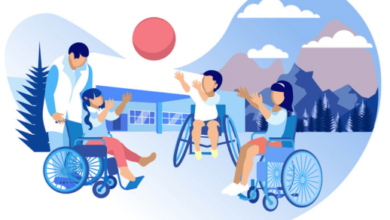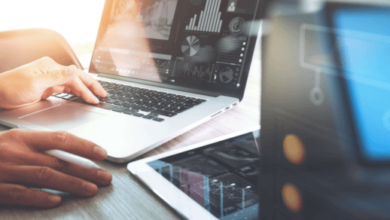News
how to license your beats
Licensing your beats is an important step in the music production industry, as it allows you to earn money from your music while granting others the legal right to use your beats for their own projects. Here are the steps to license your beats:
- Understand Different Types of Licenses:
- Familiarize yourself with the various types of licenses you can offer for your beats. Common types include:
- Exclusive License: Grants exclusive rights to the buyer, and you cannot sell the beat to anyone else after this purchase.
- Non-Exclusive License: Allows multiple buyers to use the beat, and you can continue selling it to others.
- Leasing License: Grants limited rights for a specific duration or number of reproductions.
- Custom License: Allows you to negotiate terms based on the buyer’s specific needs.
- Familiarize yourself with the various types of licenses you can offer for your beats. Common types include:
- Create a Licensing Agreement:
- Draft a clear and concise licensing agreement that outlines the terms and conditions of using your beats. This agreement should include details like the type of license, pricing, usage rights, and any limitations.
- Set Pricing and Payment Methods:
- Decide on the pricing structure for your licenses. Consider factors like the exclusivity of the license, usage rights, and your target market. You can offer different price tiers based on the license type.
- Determine how customers will make payments. Common payment methods include PayPal, creditdebit cards, and online music licensing platforms.
- Choose a Platform to Sell Your Beats:
- You can sell your beats through various platforms, both online and offline. Some popular options include:
- Beat Selling Websites: Websites like BeatStars, Airbit, and SoundClick are designed specifically for selling beats.
- Your Own Website: Create a website to showcase your beats and manage transactions. You can use e-commerce plugins to handle payments.
- Social Media and Music Forums: Promote your beats on platforms like Instagram, YouTube, and music production forums.
- You can sell your beats through various platforms, both online and offline. Some popular options include:
- Register Your Copyright:
- While your music is automatically protected by copyright when you create it, registering your copyright with the U.S. Copyright Office (or your country’s equivalent) provides additional legal protection and evidence of ownership.
- Promote Your Beats:
- Marketing is crucial for attracting potential buyers. Use social media, online advertising, and collaborations with artists to promote your beats.
- Create a professional website or social media profiles to showcase your work and make it easy for potential buyers to contact you.
- Provide Sample Previews:
- Offer short sample previews of your beats for potential buyers to listen to. This helps them decide if your beats fit their project.
- Offer Customer Support:
- Be responsive to inquiries from potential buyers. Provide clear information about your licensing terms and answer questions promptly.
- Deliver Beats and Contracts:
- After a purchase, provide the buyer with the beat files and a signed licensing agreement that outlines the terms of use. Make sure they understand the rights and restrictions associated with the license.
- Manage Licensing Agreements:
- Keep organized records of your licensing agreements and transactions. This helps ensure you can track the usage of your beats and enforce your terms if necessary.
- Stay Updated:
- Continuously update your beat catalog with new, high-quality beats to attract a wider audience and keep existing customers engaged.
- Network and Collaborate:
- Build relationships with artists, producers, and industry professionals to expand your reach and find opportunities for collaboration.
Licensing your beats is an ongoing process that involves both creativity and business acumen. By following these steps and actively promoting your work, you can create a sustainable income stream from your music production efforts.




